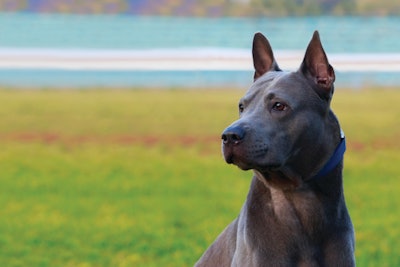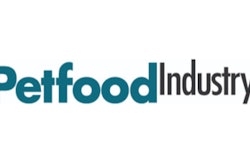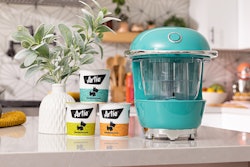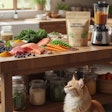
Thailand is ranked as the world's third-largest producer and exporter of pet food for dogs and cats after Germany and the United States. In 2022, Thai exports of canned tuna and tuna loin, and pet food for dogs and cats to the world, amounted to 79.409 billion baht (US$1.918 billion) and 85.211 billion baht (US$2.074 billion), respectively. These represent 514,071 tons and 818,281 tons, respectively.
Thai consumer goods manufacturer eyes pet market
Given these numbers, it’s no surprise that the market is drawing interest from other parties looking to get into pet food in the region.
Lion Corporation Thailand, a 56-year-old consumer product manufacturing company, wants to be part of Thailand's massive pet food industry, according to the Bangkok Post.
At present, the company offers several pet care products from Japan under the brand Lion Pet Care. The plan, however, is to expand into pet food either by working with Thailand's makers of private pet food labels or by producing their own dog and cat food from scratch. In the meantime, Lion is open to importing pet food from its Japanese sources.
“Lion has been in the Japanese pet food business for decades and we believe it is the right time to enter the Thai pet market, which is substantial (see Table 1) and continues to grow each year,” said Boonyarit Mahamontri, the company president, to the Bangkok Post. “People are willing to spend on pet products in Thailand, even with relatively higher prices.”

While Japan has the most pet food companies listed in Petfood Industry’s Top Pet Food Companies database in 2022 when considering those based in the Asia-Pacific region, Thailand holds two of the top three spots.
Lion joins a growing list of companies from other industries in Thailand making a beeline for the pet industry, which is experiencing an explosive growth lately. Late in 2022, major fish canning companies in Thailand also announced their plans to go into pet food production. The Ministry of Commerce's Department of Business Development estimates that the Thai pet market will grow at an average annual rate of 8.4% to 66.748 billion baht (US$1.9 billion) in 2026.
Thai industry groups push for sustainable tuna pet food
The Thai Tuna Industry Association (TTIA) and the Thai Pet Food Trade Association (TPFA) announced that they would fully embrace the Bioeconomy, Circular Economy and Green Economy (BCG) models in order to create more pet food from tuna.
Members of both industry associations are presently taking BCG-related training and education programs as BCG becomes part of the two associations' policies onward. Government spokesman Anucha Burapachaisri said the BCG model will help stave off the loss and waste of any useful tuna parts by efficiently including them in the production of premium-grade pet food products for export.
“We will focus on bringing the bio-circular-green economy model to the tuna industry and pet food industry as much as possible,” said Dr. Chanintr Chalisarapong, president of TTIA and TPFA. “At present, the world attaches great importance to solving climate change problems, reducing greenhouse gas emissions ... Environmental issues are important and are included in the Thai-EU Free Trade Agreement (Thai-EU FTA) negotiations. Therefore, the industry must adapt itself and comply with international regulations.”
About the BCG model
BCG is a national policy in Thailand in line with the Sustainable Development Goals of the United Nations related to climate action, life below water and life on land. Under the BCG model, tuna resources can be fully maximized by both industries by doing the following:
- Utilizing waste to create added value as other products, such as extracting concentrated broth from tuna fish scraps, to be used as an added ingredient for increasing protein content and palatability in pet food products (Bio Economy).
- Producing pet food from tuna fish meat or the utilization of internal parts, such as fish bones and offal, as mixed raw materials in pet food, including the extraction of tuna fish oil (Circular Economy).
- Investing in clean, renewable and energy-saving technologies for manufacturing and developing environmentally friendly packaging based on recycled products and bioplastics (Green Economy).
“The industry has made the most of the whole tuna raw material; that is, the loss and waste are used to increase value to other products, such as concentrated tuna condensate used as an ingredient to increase palatability in pet food, using byproducts such as tuna red meat, as well as byproducts from livestock products such as chicken offal, chicken carcass and cow offal, as raw materials mixed in pet food, tuna carcasses and bones used to produce animal feeds,” said Chalisarapong.

















